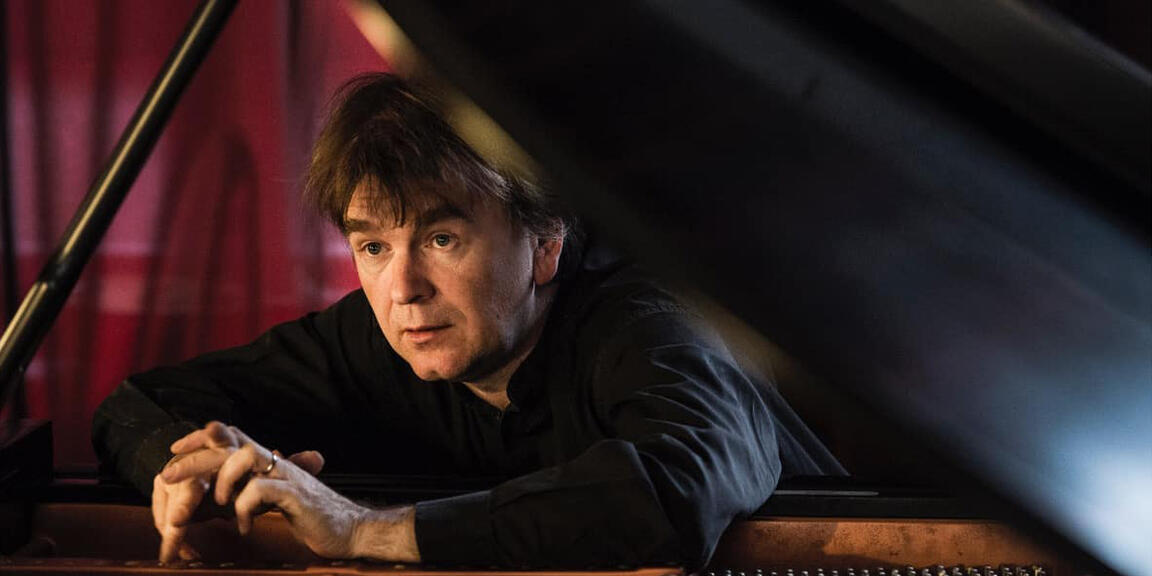
Prepared Piano
Journée John Cage
Les sonates et interludes pour piano préparé (1946-48) sont un point culminant dans l’œuvre de Cage écrit pour piano préparé. Cette pièce impressionnante est une des plus connues et appréciées parmi les pièces écrites par Cage.
Extraits des Sonates et Interludes pour piano préparé
Daan Vandewalle, piano
http://www.daanvandewalle.com/curriculum.html
TEXTE ORIGINAL (en anglais)
The sonatas and interludes for prepared piano (1946 48) are a culminating point within the large body of work that Cage wrote for prepared piano.
Not only is the the amount of time one needs to prepare the piano correctly rather time-consuming due to the large number of preparations. But also the duration of the work,its composition and esthetic outlook make the piece one of the most well known and loved pieces that Cage ever wrote.
In a certain sense the sonatas and interludes are a mixture of both eastern influences and western influences. The eastern influence is easy to detect. The preparations convert the Steinway into a new percussion instrument: an instrument which has a radically transformed sound world which is akin to the sound world of the Gamelan. The western influence is also obvious,although one might argue that Cage,being american,is also quite removed from its work: the world of the early 18th century Italian sonata form,with its AA BB structure. Therefore one could rightly argue that the time structure is ‘borrowed » from the european past,while the sounds are a mixture of traditional piano sounds,and eastern gamelan sounds. In times of ongoing debates on the possibility or impossibility of so called ‘cultural appropriation’ it is therefore more than interesting to listen again to cage’s sonatas and interludes. Someone in America unites both eastern sounds with a lost and age)old european keyboard tradition,i.e. combining esthetic frameworks from 2 different continents outside Europe to create a piece which has been hailed as a quintessential example of an original american experimental tradition. Moreover not only the sound structures and time structures are ‘borrowed’ from distant traditions. Also the rhetorical gestures are a mixtures of both Coomaraswamy’s theories and the rhetorics of the early sonata playing in f.e. Scarlatti’s keyboard work.
Flagey, La Semaine du Son
